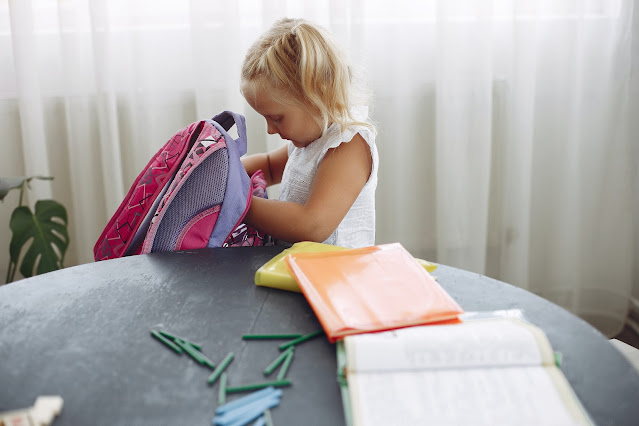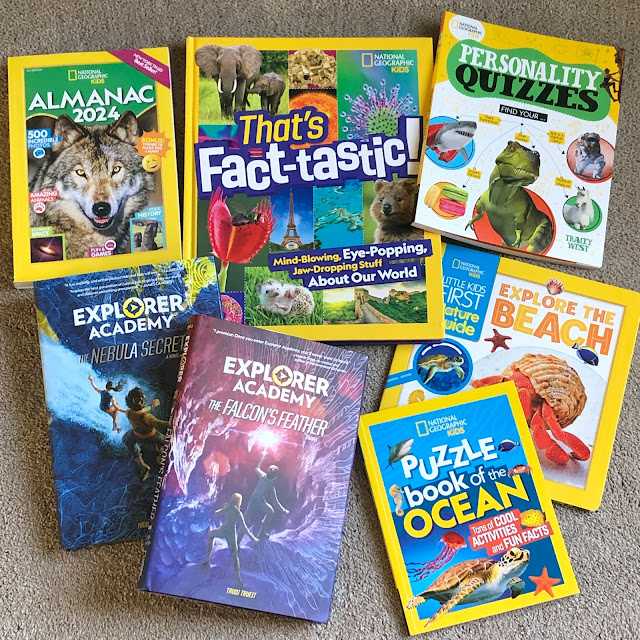The Importance of Dedicated Spaces for Childhood Development
Designing spaces specifically for kids can do more than just keep toys organized—it supports their personal growth. When children have areas tailored to their needs, it can boost their imagination and help them explore their interests. For example, creating a corner where they can freely express themselves with art supplies or showcase their creations creates a sense of pride and individuality.
Personal spaces also teach independence and emotional regulation. By designing zones where they feel safe and in control, children learn to manage their emotions and nurture their creative instincts in a fun, stress-free environment.
Balancing Energy Zones and Calm Corners
Children thrive with a balance between energetic play and restful downtime. Structuring your home into zones helps provide this balance.
For lively activities, set up play areas with interactive toys, building blocks, or pretend-play accessories. These setups encourage movement and creativity in an exciting way.
Equally important are quiet zones for relaxation. Soft lighting, a dedicated bookshelf, and cozy furnishings can create a space where children unwind. Consider incorporating cozy seating options like a kids indoor hammock or bean bags for moments of quiet play. These pieces are perfect for blending comfort with style while creating pockets of tranquility within a busy home.
Safety and Practicality in Small-Scale Design
When designing children’s spaces, safety should take priority. Address common hazards like sharp furniture edges by adding protective padding. Secure heavy items like bookshelves to walls to prevent tipping, especially in play areas. Opt for non-toxic materials when choosing paints, fabrics, or play supplies.
Practicality is equally important. Kids grow fast, and their interests evolve over time. Choose furniture and layouts that can adapt, like modular shelving or adjustable desks, ensuring the same space works as they transition from toddlers to teens.
Budget-Friendly Upgrades to Spark Imagination
Transforming a living space doesn’t have to break the bank. Small, inexpensive updates can make a big difference.
DIY Ideas: Try homemade projects like themed wall art using stencils or creating gallery-style displays for their art.
Colorful Touches: Swap in bold curtains or add removable wall decals to refresh the room.
Repurposed Decor: Repurpose old items, like turning empty storage bins into playful organizers with labels or chalkboard paint.
These modest upgrades can inspire children while giving their space a fresh, personalized feel.
Balancing Tech and Tactile Play
Technology can add value to kids’ spaces, but it’s essential to pair it with hands-on activities. Tablets or gaming consoles can coexist with craft tables, toy blocks, or puzzles.
Open-ended toys—like building kits, art supplies, or dress-up sets—engage creativity and curiosity without reliance on screens. Prioritize fostering interactions and problem-solving skills that leave children excited to explore the world around them.
Personalization: Making the Space Uniquely Theirs
Involving children in the design process makes their space truly their own. Let them choose colors or patterns for walls and decor. You could hang their art as part of the room’s decorations or turn their favorite stuffed animals into playful fixtures.
Ownership of a space promotes confidence and responsibility. Kids are more likely to respect and take care of areas they helped design, creating positive habits that can last a lifetime.
From Mundane to Magical: Long-Term Benefits of Thoughtful Design
A carefully planned kid-centric space supports childhood growth in meaningful ways. Beyond providing a place to play and relax, such environments build lasting memories tied to learning, comfort, and creativity.
By designing spaces with care and imagination, families lay the foundation for lifelong curiosity, self-expression, and resilience—all while making the home a special retreat for their growing children.





































